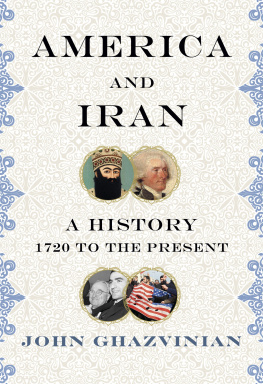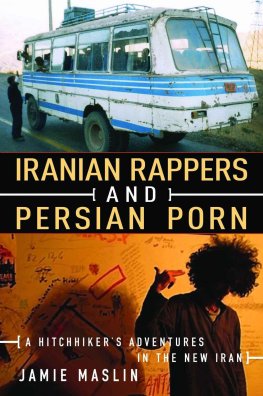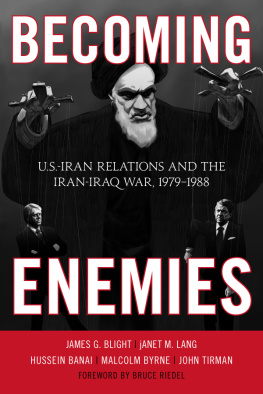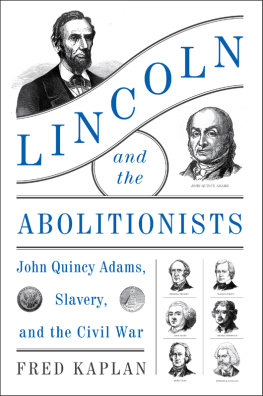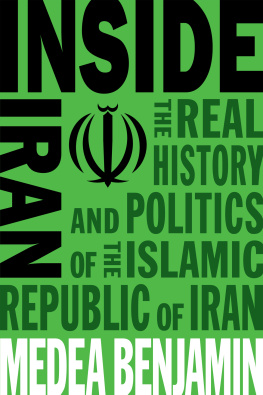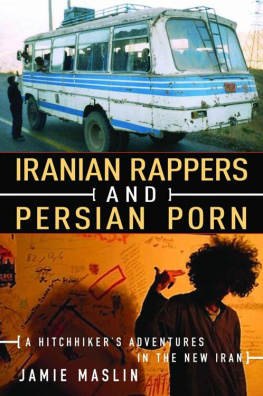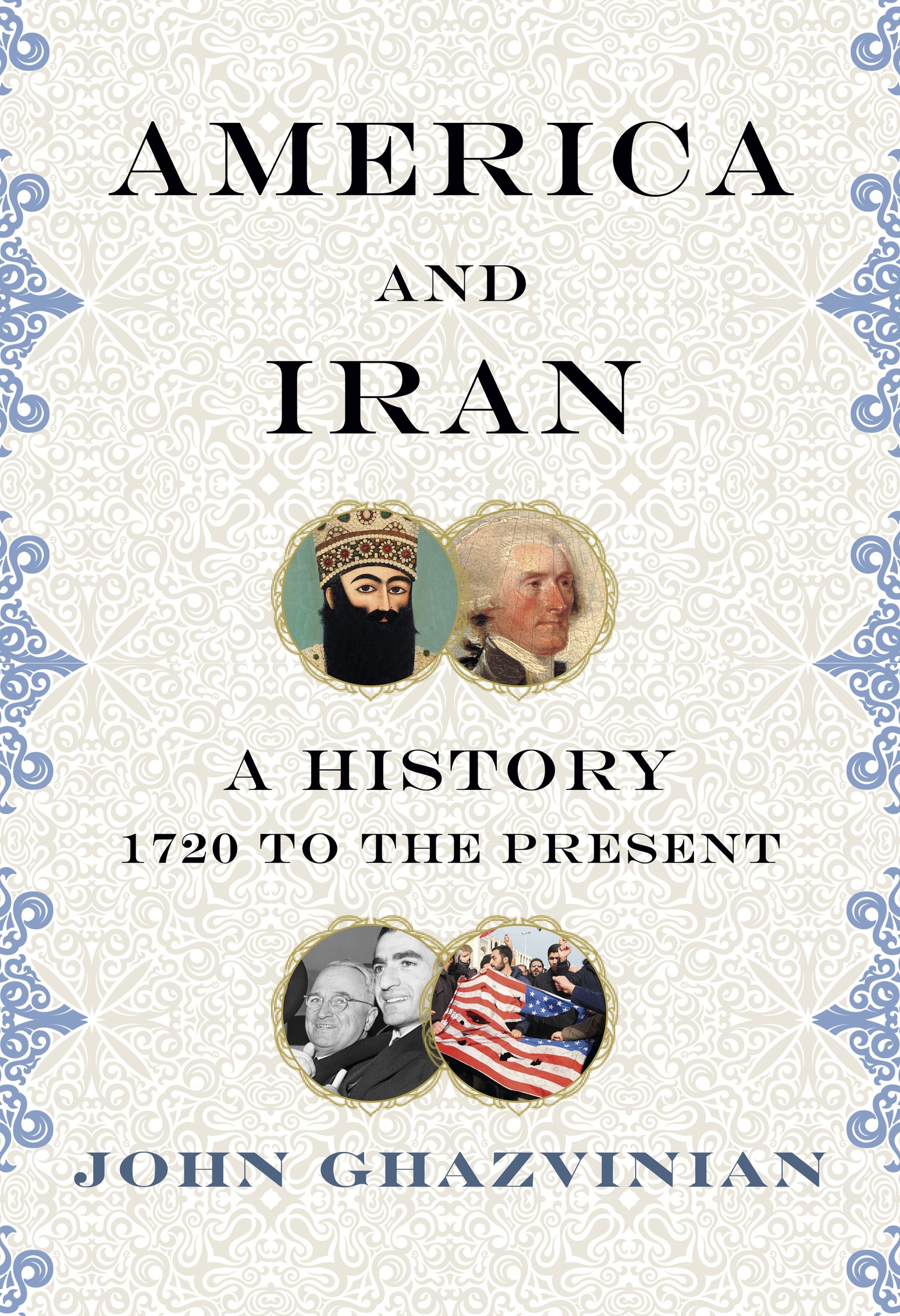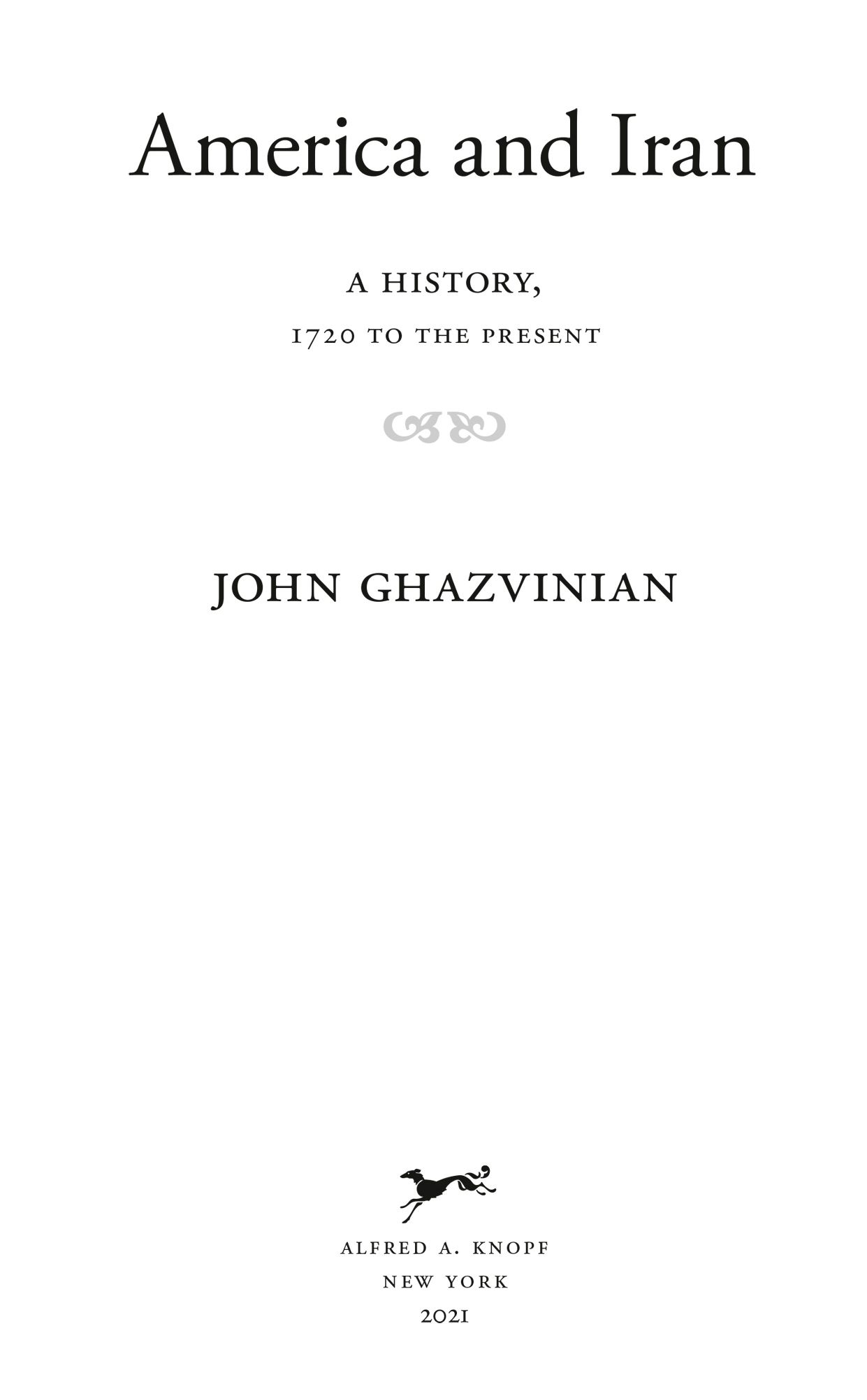Also by John Ghazvinian
Untapped: The Scramble for Africas Oil
THIS IS A BORZOI BOOK
PUBLISHED BY ALFRED A. KNOPF
Copyright 2021 by John Ghazvinian
All rights reserved. Published in the United States by Alfred A. Knopf, a division of Penguin Random House LLC, New York, and distributed in Canada by Penguin Random House Canada Limited, Toronto.
www.aaknopf.com
Knopf, Borzoi Books, and the colophon are registered trademarks of Penguin Random House LLC.
Library of Congress Cataloging-in-Publication Data
Names: Ghazvinian, John H. (John Hossein), [date] author.
Title: America and Iran : a history, 1720 to the present /
John Ghazvinian.
Description: New York : Alfred A. Knopf, 2020. | Includes bibliographical
references and index.
Identifiers: LCCN 2019057328 (print) | LCCN 2019057329 (ebook) | ISBN 9780307271815 (hardcover) | ISBN 9780525659327 (ebook)
Subjects: LCSH : IranForeign relationsUnited States. | United
StatesForeign relationsIran. | IranHistory.
Classification: LCC E 183.8. I 55 G 45 2020 (print) | LCC E 183.8. I 55 (ebook)
| DDC 327.55073dc23
LC record available at https://lccn.loc.gov/2019057328
LC ebook record available at https://lccn.loc.gov/2019057329
Ebook ISBN9780525659327
Cover images: (details, clockwise, left) Portrait of Fath Ali Shah, 1816. The Picture Art Collection / Alamy; Thomas Jefferson by John Trumbull. Photograph GraphicaArtis / Bridgeman Images; Harry Truman and Shah of Iran, 1949. Bettmann / Getty Images; Tehran demonstration, Jan. 3, 2020 by Atta Kenare / AFP / Getty Images; (background) Extezy / iStock / Getty Images
Cover design by John Gall
ep_prh_5.6.1_c0_r0
To my parents, of course,
who lived too much of this history
When the lingering sorrow of separation lifts,
The nightingale will tear back into the rose garden
Its throat filled with song
Hafez, fourteenth-century Persian poet
The Iranian revolution is a fact of history, but between American and Iranian basic national interests there need be no permanent conflict.
Ronald Reagan,
President of the United States, November 1986
Contents
Introduction
For a historianfor any storyteller, reallythe challenge is always where to begin.
Does the story begin on the day the star-crossed lovers meet? Does it begin, as it does in the immortal poetry of Omar Khayyam, on the secluded riverbank, with a jug of wine and a loaf of bread, and that moment of blossoming, freshly emergent romance? For those telling the story of Iran and America, alas, it does not. This is a story that always seems to begin at the very end, at the moment when swords are drawn and voices are raisedwhen tempers are flaring and the lovers have gone their separate ways.
In the United States, so often, the story begins in 1979, with those famous grainy television picturesthe bearded revolutionaries climbing the wall of the U.S. embassy in Tehran and taking sixty-six Americans hostage, leading them blindfolded and bewildered into the street for all the world to see. It begins with a radical, hateful, anti-American revolution, and all the menacing symbolism and fanatical Middle Eastern blood-thirst that image conjures up. The very moment that America and Iran broke off tiesthe moment that ended more than a century of warm and friendly relationshas become Day One, Chapter One, Verse One. The Book of Genesis.
It is an odd way to write history, thisbeginning at the end. But this is the way the story is told in the United States. A catalog of Irans sinsranging from support for terrorism to pursuit of nuclear weaponsgenerally follows in the 1980s, 1990s, and 2000s, with the accusation that all these activities stem ultimately from the radicalism of the Islamic Republic that was created forty years ago, and the ideology of hatred and hostility it has cultivated ever since. The Iran hostage crisis of 1979 has become a kind of original sinthe moment the serpent slipped into the Garden of Eden and brought an end to the comfortable illusion of American global invincibility. The unforgivable has become the unforgiven. And nothing has been the same since.
In Iran, meanwhile, the story usually begins in 1953, with an original sin of a different kind. It begins with Mohammad Mosaddeqa name largely forgotten by Americans, but a national hero to many Iranians. It begins with that hot afternoon in August 1953, when the CIA engineered a coup against Mosaddeq, the electedand wildly popularprime minister of Iran. It begins with the thugs and newspaper editors who were hired by the CIA to create trouble on the streets and give the army the cover it needed to remove the prime minister. Mosaddeqa great admirer of democracy and human rightshad represented the hope of a generation. It was a generation that had adored Americaa generation raised on years of John Wayne movies and big, stylish Chevroletsbut that quickly grew to hate it. Another ending, treated as a beginning.
This is the way the story is told in Iran. After the 1953 coup, Irans young kingthe shahreturned from a brief exile and spent the next twenty-five years increasing his dictatorial grip on the country, bolstered by billions of dollars in weapons and training from the United States. His feared secret police jailed and tortured thousands, the royal family pilfered spectacular sums from the Iranian treasury, corrupt courtiers engaged in a lavish and opulent lifestyle, as one American president after another toasted the shah for his steadfast friendship. And thenonly thenin 1979, did the hated and hollow regime finally collapse, brought down by millions of revolutionaries streaming through the streets, a handful of them so angry that they seized the U.S. embassy and took its employees hostage.
So it has remained, for forty years. Historylike almost everything elsehas become a casualty in the long-running war of words between Iran and the United States. For more than forty years, those who like to look for someone to blame, or something to defend, have stood in their respective corners, trading accusations about the relative criminality of the CIA coup and the embassy hostage crisis, taking very little interest in the idea that there might be a richer, more sophisticated way to look at the history that has transpired between these two nations. For more than forty years, history has been treated as a competitive sportjust another arena of contestation in the seemingly endless array of disagreements and accusations that have been hurled back and forth between Iran and the United States. And for more than forty years, endings, ruptures, and angry disagreementsrather than beginnings, attractions, and initial infatuationshave become the starting point for every conversation about Iran and America.
We are all much poorer for it.
The history of U.S.-Iranian relations did not begin in 1979, and it did not begin in 1953. It began hundreds of years agowhen the United States was still a handful of British colonies and Iran was still known to the outside world as the Persian Empire. And it began with something much more interesting than hostile acts and mutual accusations about original sins.

